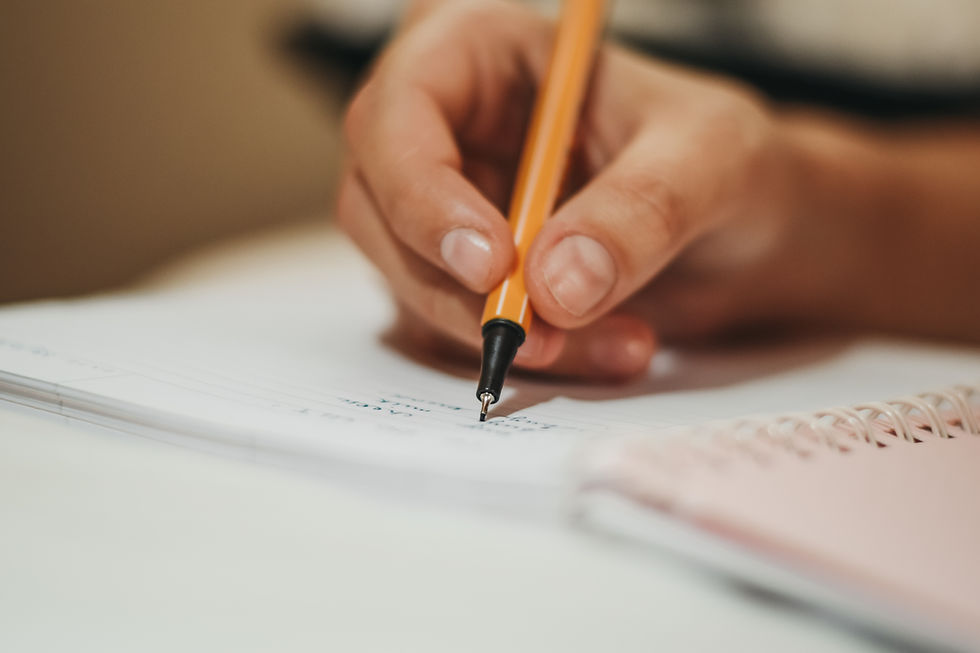Teachers Miss This Every Day: Hidden Dysgraphia Learning Challenges in Students
- Andranise Thomas

- Apr 29
- 2 min read
When a bright, curious child struggles to put their thoughts on paper, it can be confusing—and frustrating—for both the child and their parents. Dysgraphia is often the hidden culprit behind many learning challenges in students, yet it’s one of the least recognized learning differences in school settings.
As a classroom teacher and private tutor, I’ve worked with students who seemed "lazy" or "unmotivated" at first glance. But when we looked deeper, we found something else entirely: dysgraphia.
What Is Dysgraphia?
Dysgraphia is a neurological learning disorder that affects writing. It impacts everything from handwriting and spelling to the ability to express thoughts on paper.
Students with dysgraphia often know what they want to say but can’t get the words out in writing.
Dr. Virginia Berninger, a leading researcher in writing disabilities, explains, “Dysgraphia isn't just bad handwriting. It's a breakdown in the brain systems involved in producing written language.”

Recognizing the Learning Challenges
Students with dysgraphia face more than just messy handwriting. Writing takes so much effort that it can slow them down in every subject—because writing is everywhere. From taking notes to completing homework, dysgraphia creates barriers that can leave students feeling defeated and behind.
Common signs include:
✅ Avoiding writing tasks
✅ Trouble organizing thoughts on paper
✅ Illegible handwriting
✅ Spelling difficulties, even after practice
One student I worked with could tell me all about a story he read—characters, plot, even the lesson learned—but when asked to write a summary, he stared at the paper, frozen. It wasn’t a lack of knowledge. It was dysgraphia at work.
Emotional and Academic Toll
Over time, dysgraphia can take a serious toll on self-esteem. Kids begin to think, “I’m not smart” or “Why is this so hard for me?” They may act out or withdraw to avoid feeling embarrassed.
Reading expert Maryanne Wolf notes, “When children struggle and don’t understand why, it erodes their confidence. That emotional weight can impact learning just as much as the skill gap.” (Wolf, Proust and the Squid)
How Parents Can Help
If your child is showing signs of dysgraphia, start by documenting what you see. Talk to their teacher and ask about in-class writing behavior. A psychoeducational evaluation can help confirm a diagnosis.
Support at home might include:
✅ Typing instead of handwriting
✅ Graphic organizers for planning
✅ Oral dictation tools
✅ Extra time on writing assignments
Structured, individualized tutoring can also make a huge difference. It helps students build skills while reducing frustration and anxiety.
You're Not Alone—And Neither Is Your Child
Dysgraphia learning challenges in students are more common than most people realize. With early identification, the right strategies, and consistent support, students can thrive academically—and emotionally.
If you're seeing signs of dysgraphia in your child and aren’t sure what steps to take, we're here to help. If you or your child needs support at home, we offer personalized support and tutoring for students with learning differences.
Let’s talk about how we can help your child succeed. Contact us today!




Comments